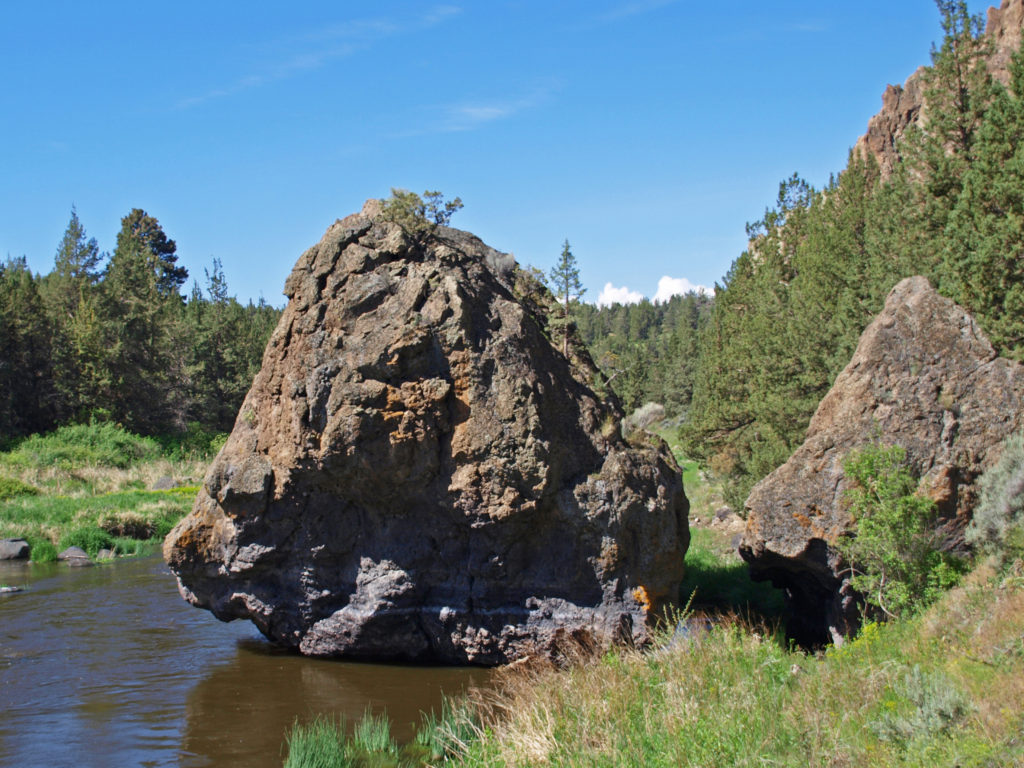Garden of the Gods
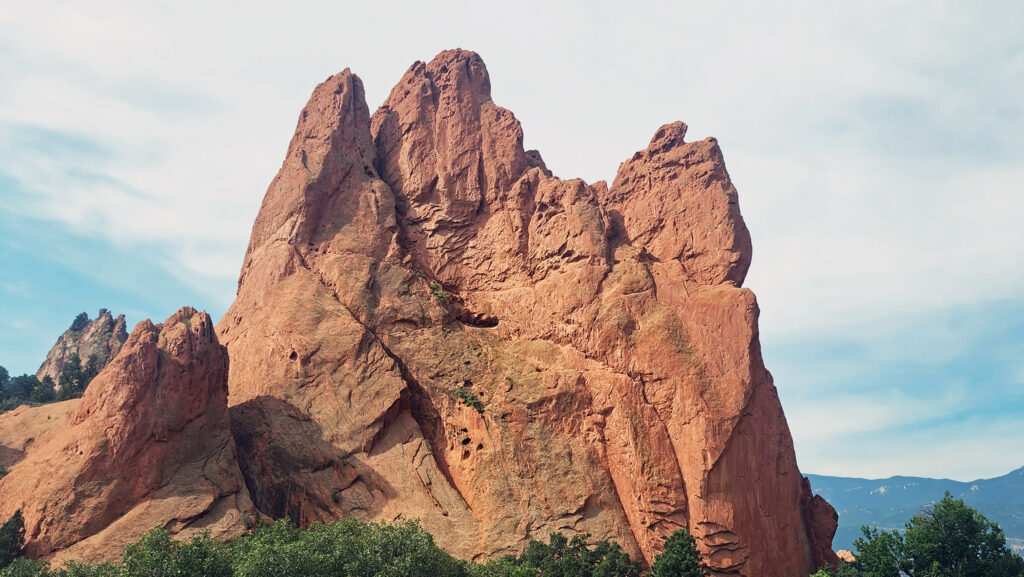
Introduction
My wife and I had the pleasure of visiting the Garden of the Gods in Colorado Springs on our trip to Colorado last summer (2023). The park is an unbelievably beautiful collection of soaring rock formations that, in my opinion, is truly worthy of national park status. But in fact, it is a Colorado Springs city park, not a national park. But it’s one of the most beautiful and awe-inspiring city parks you’ll find anywhere in the world. And to top it off, admission is free.
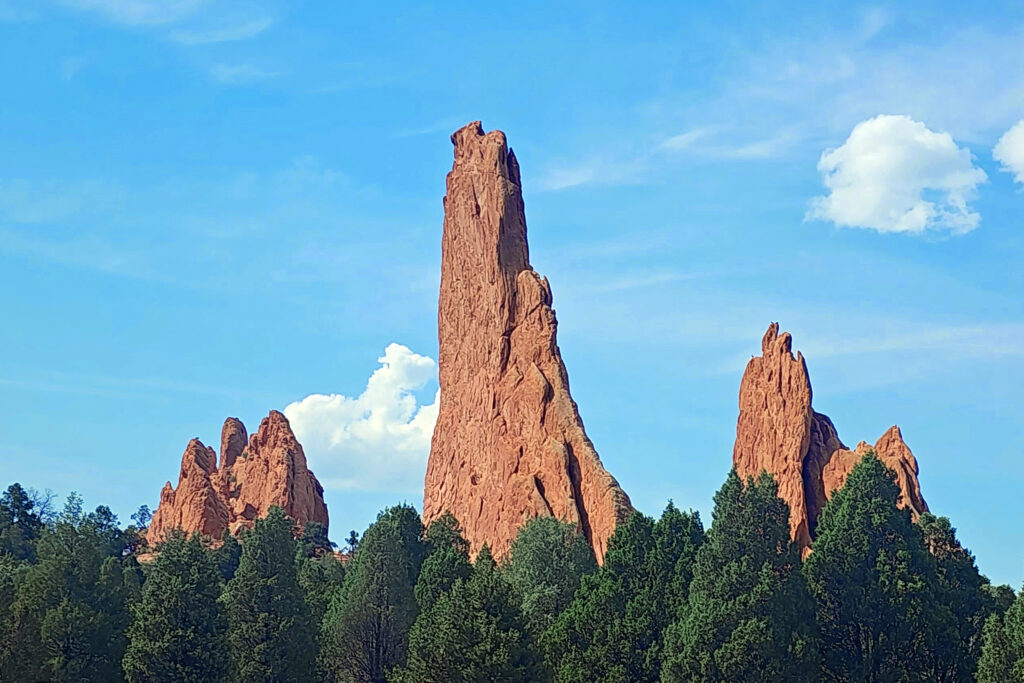
Geology
What is now the Garden of the Gods was a shallow inland sea 250 million years ago. When the sea evaporated, it left behind sand that formed dunes, which were in turn buried and compacted, forming layers of red sandstone. The uplift of the Rocky Mountains tilted the sandstone layers nearly vertically. Glacial erosion during the Pleistocene Ice Age sculpted the soaring spires of the present-day.
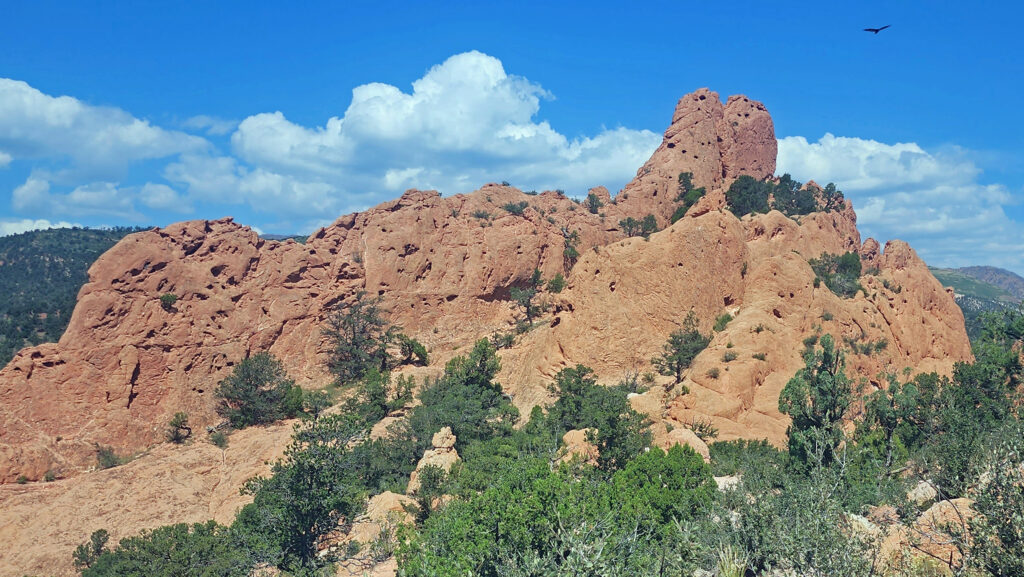
History
There is archaeological evidence of indigenous people’s use of the area dating to at least 1330 BCE. But native people’s presence in the area almost certainly predates that by centuries if not millennia. European presence dates to early Spanish explorers in the 16th century, followed later by French and American fur trappers in the 18th and 19th centuries. The area became part of the United States in 1803 as part of the Louisiana Purchase.
 In 1859, Colorado City was founded and later became the capital of the Colorado Territory before the capital was moved first to Golden, then Denver. Colorado Springs was founded in 1871 just east of what became known as Old Colorado City. Colorado Springs grew rapidly and eventually Old Colorado City became incorporated into the growing city, and is now a neighborhood west of downtown Colorado Springs.
In 1859, Colorado City was founded and later became the capital of the Colorado Territory before the capital was moved first to Golden, then Denver. Colorado Springs was founded in 1871 just east of what became known as Old Colorado City. Colorado Springs grew rapidly and eventually Old Colorado City became incorporated into the growing city, and is now a neighborhood west of downtown Colorado Springs.

The Park
In 1879 Charles Perkins purchased 480 acres of what is now the Garden of the Gods. After his death in 1907, his family donated the land to the City of Colorado Springs with the provision that it be a free public park. Garden of the Gods Park was created in 1909 and more than 110 years later the park remains open to the public free of admission.
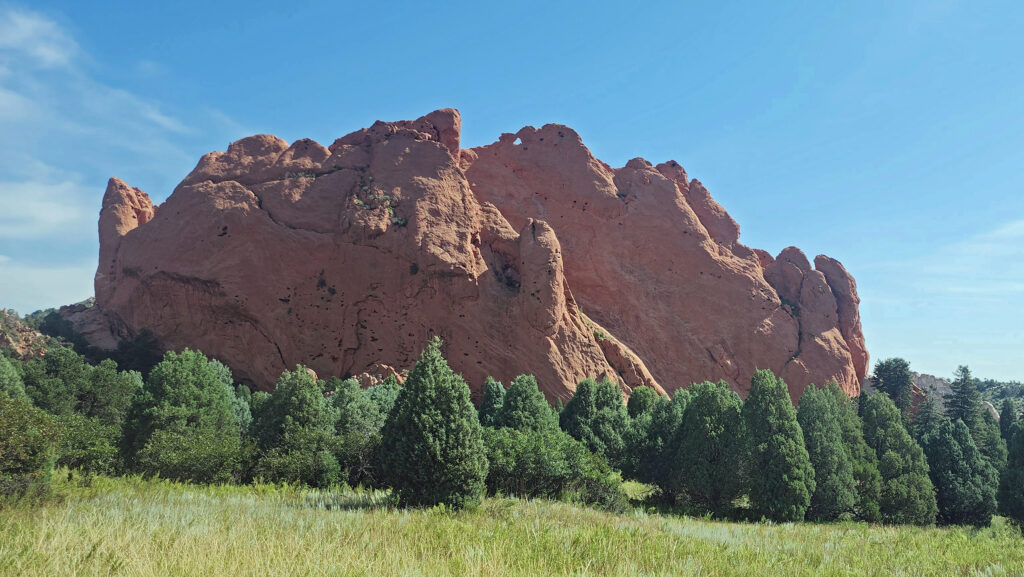
Today the park spans 1341 acres of the Garden of the Gods and the adjacent Rock Ledge Ranch Historic Site. In 1971, 862 acres of the park was designated a National Natural Landmark.
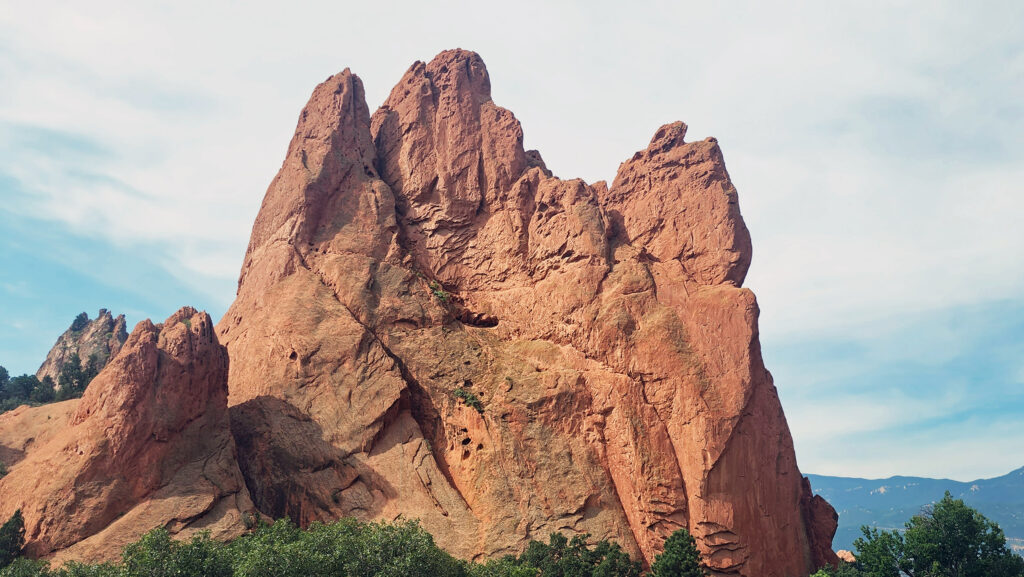
The Visitor and Nature Center, located on W. 30th Street across from the park entrance road, is a great place to begin your visit. It includes an information center staffed by park employees, 30 educational exhibits, and a theater that shows a film about the park every twenty minutes.
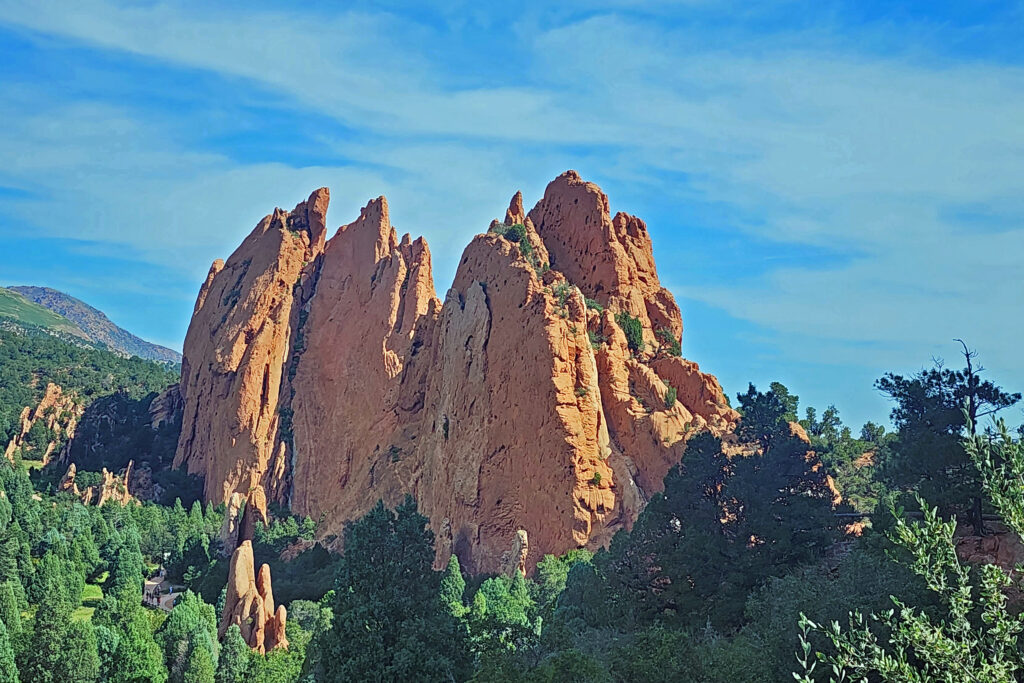
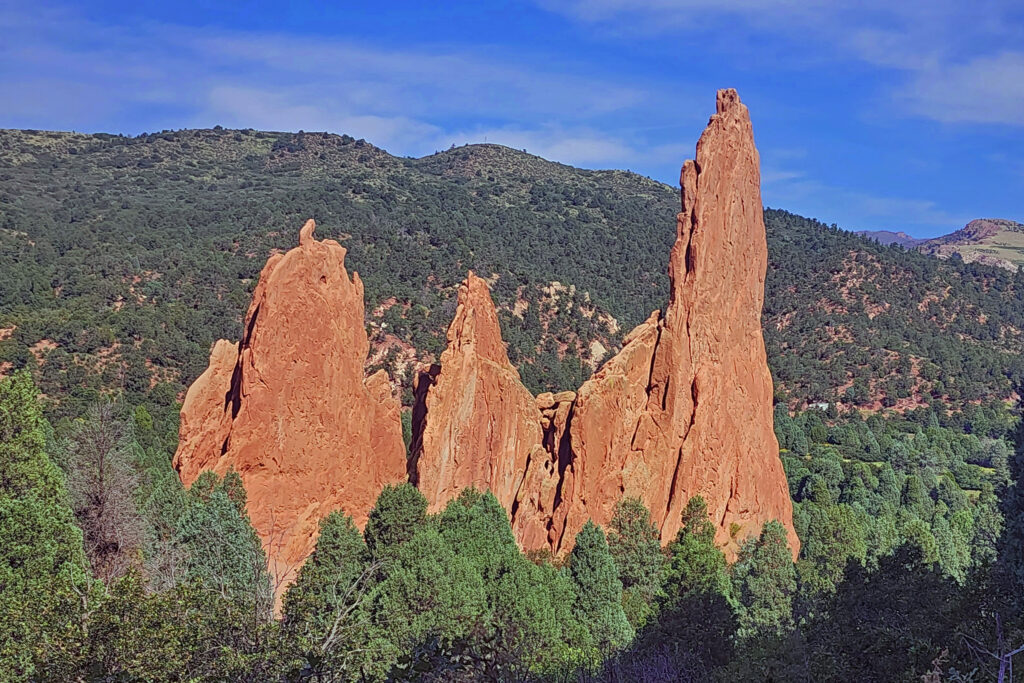 The park is very popular and parking can be a problem, but there is also a large overflow parking area just west of 30th Street if the visitor center parking lot is full. There is a pedestrian tunnel under 30th Street to get from the overflow lot to the visitor center. The park also operates a free shuttle bus in the summer that runs from the visitor center to the center of the park with stops at the overflow parking area and the Rock Ledge Ranch Historic Site.
The park is very popular and parking can be a problem, but there is also a large overflow parking area just west of 30th Street if the visitor center parking lot is full. There is a pedestrian tunnel under 30th Street to get from the overflow lot to the visitor center. The park also operates a free shuttle bus in the summer that runs from the visitor center to the center of the park with stops at the overflow parking area and the Rock Ledge Ranch Historic Site.
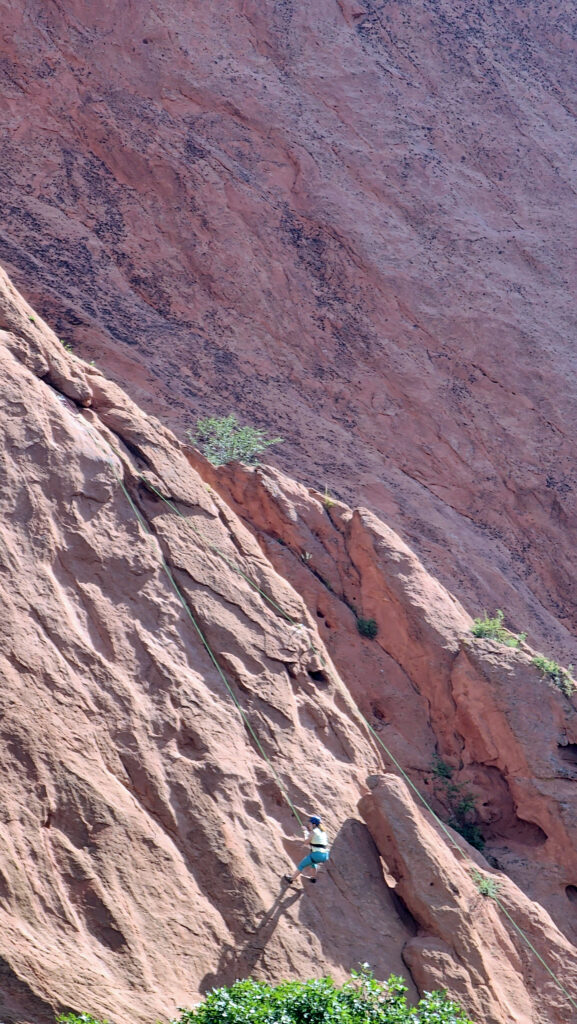
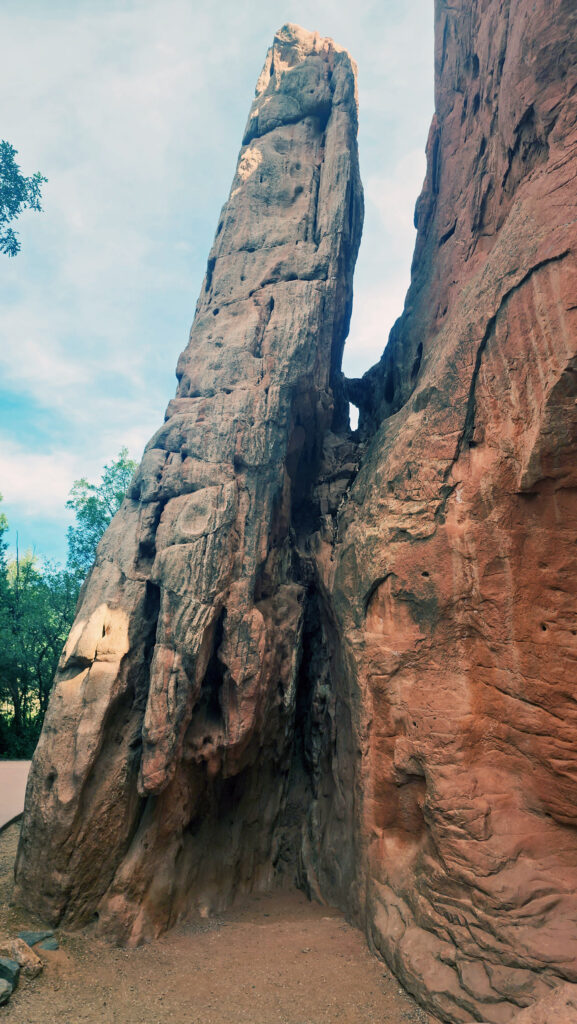
The twenty-one miles of hiking, biking, and horseback riding trails that wind through the spires, the numerous rock-climbing routes, and the abundant wildlife, not to mention the incredible rock formations, make the Garden of the Gods an outdoor enthusiast’s paradise. More than 130 species of birds can be seen in the park. Mule deer, bighorn sheep, coyotes, and red foxes also inhabit the park.
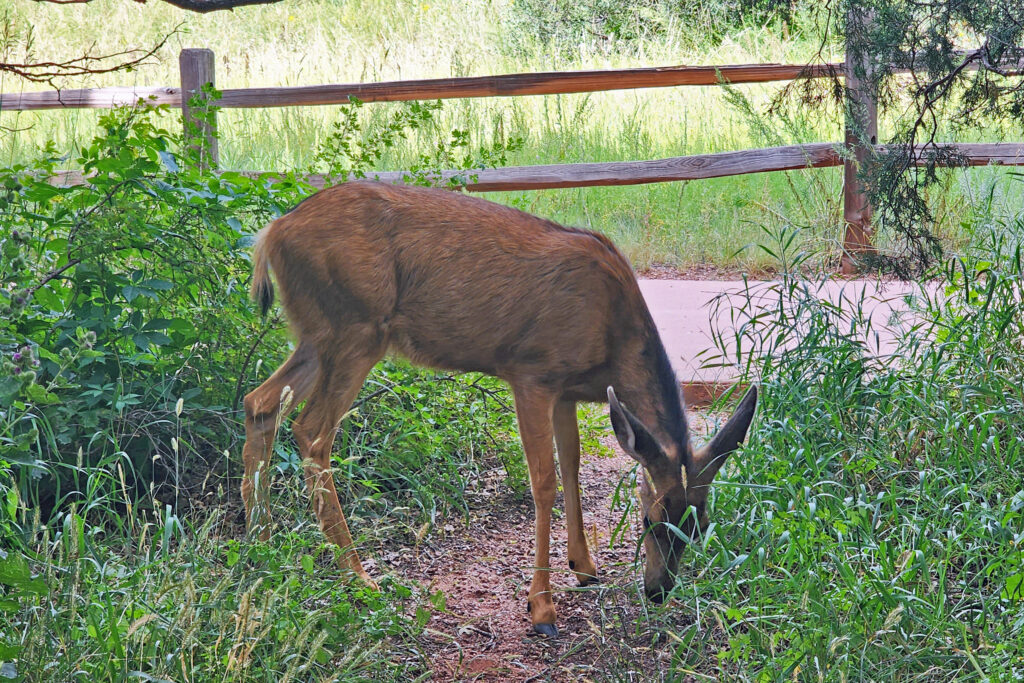
For more information on the park, go to the Garden of the Gods website.
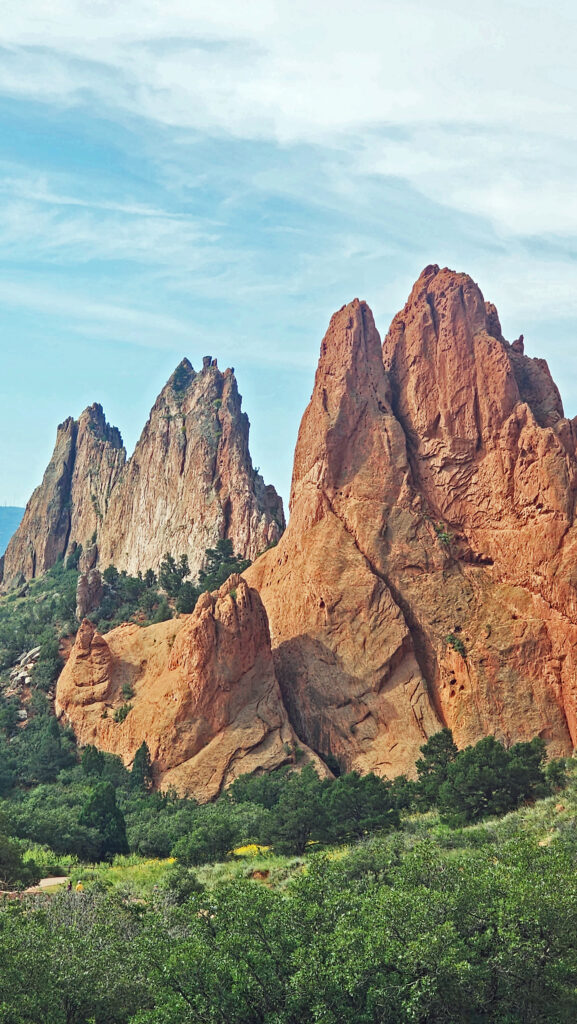
Conclusion
Garden of the Gods is one of the highlights, and truly a must see, of any visit to Colorado. I had seen photos of the Garden’s rock formations, but those didn’t convey just how spectacular and how awesome the rock formations are (nor do the photos here). You have to see them in person to fully appreciate what a magnificent place Garden of the Gods really is.
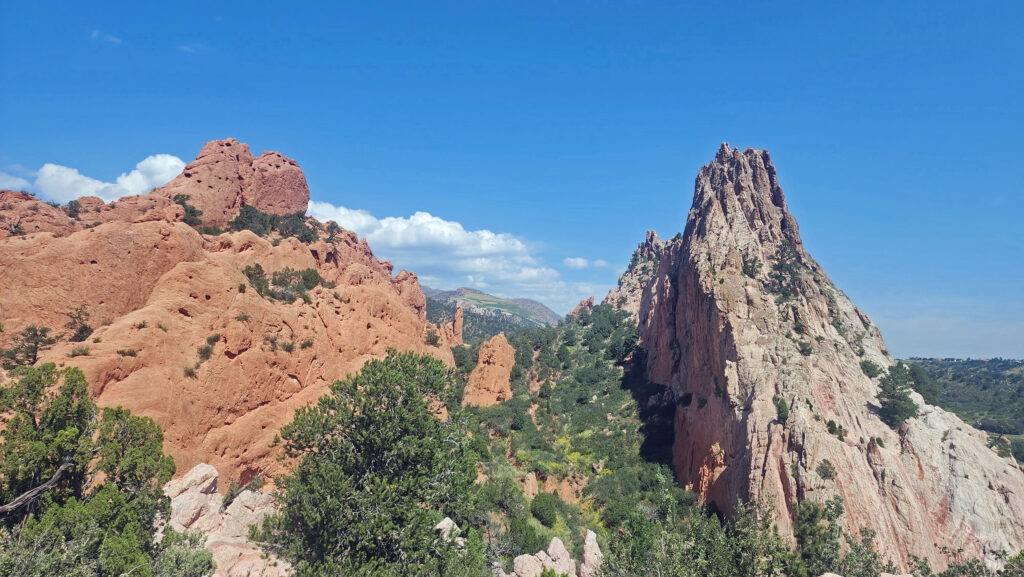
Look for an upcoming post featuring Rocky Mountain National Park for more on our Colorado trip.
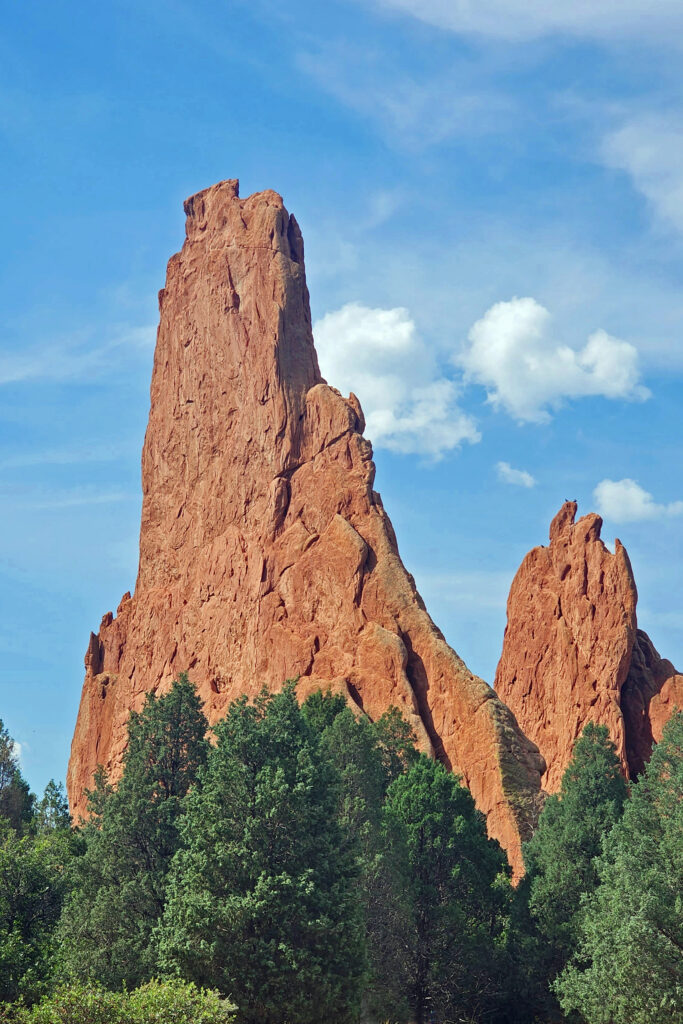
Posted November 8, 2023 by Alan K. Lee
All photos © Alan K. Lee

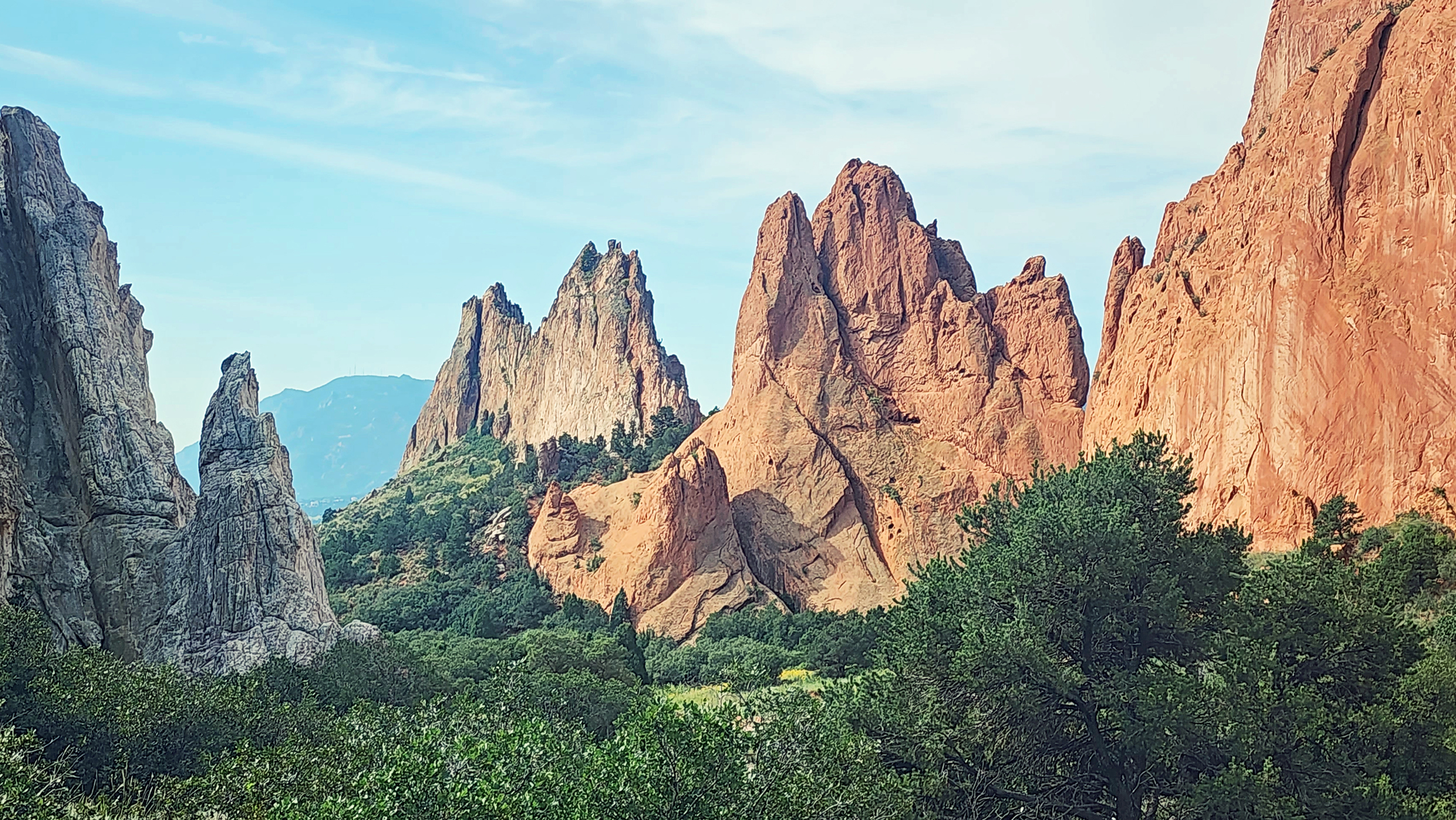
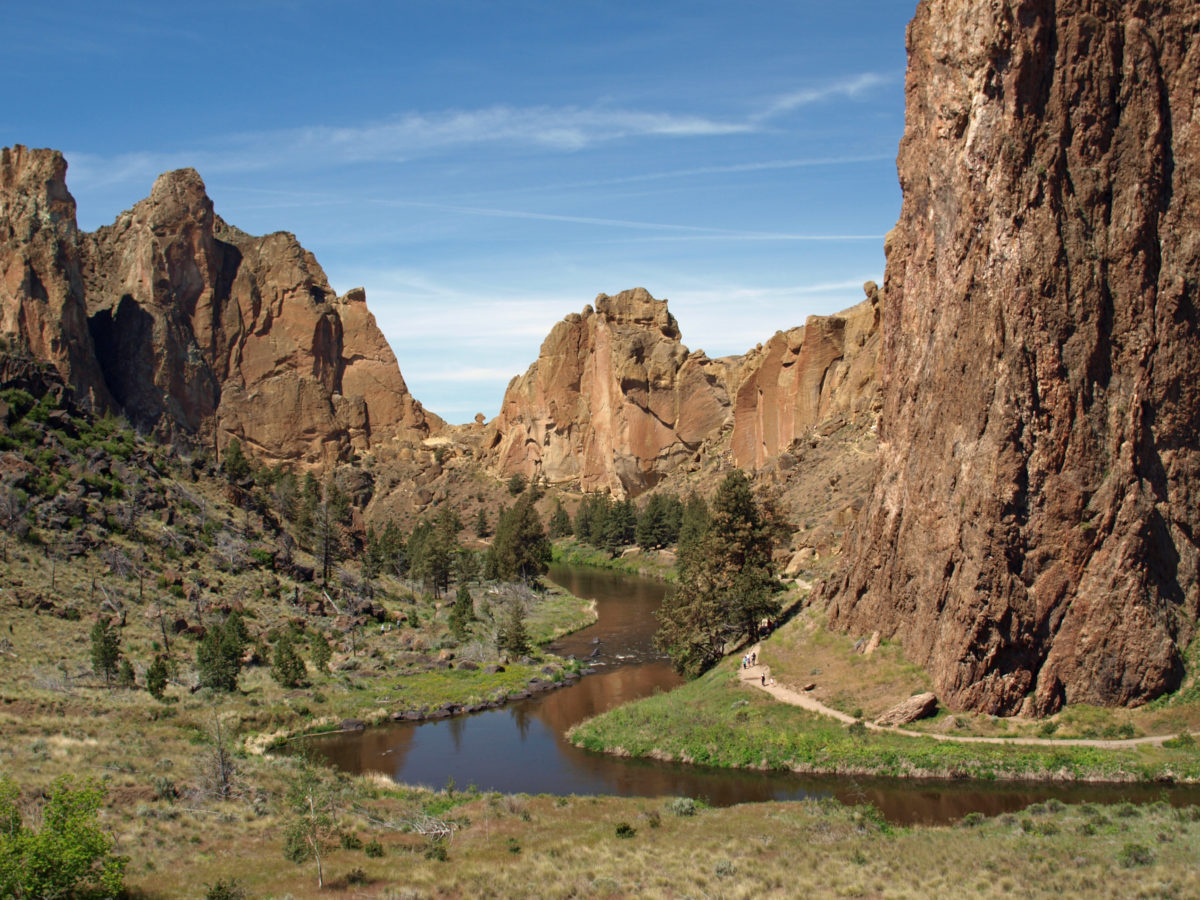
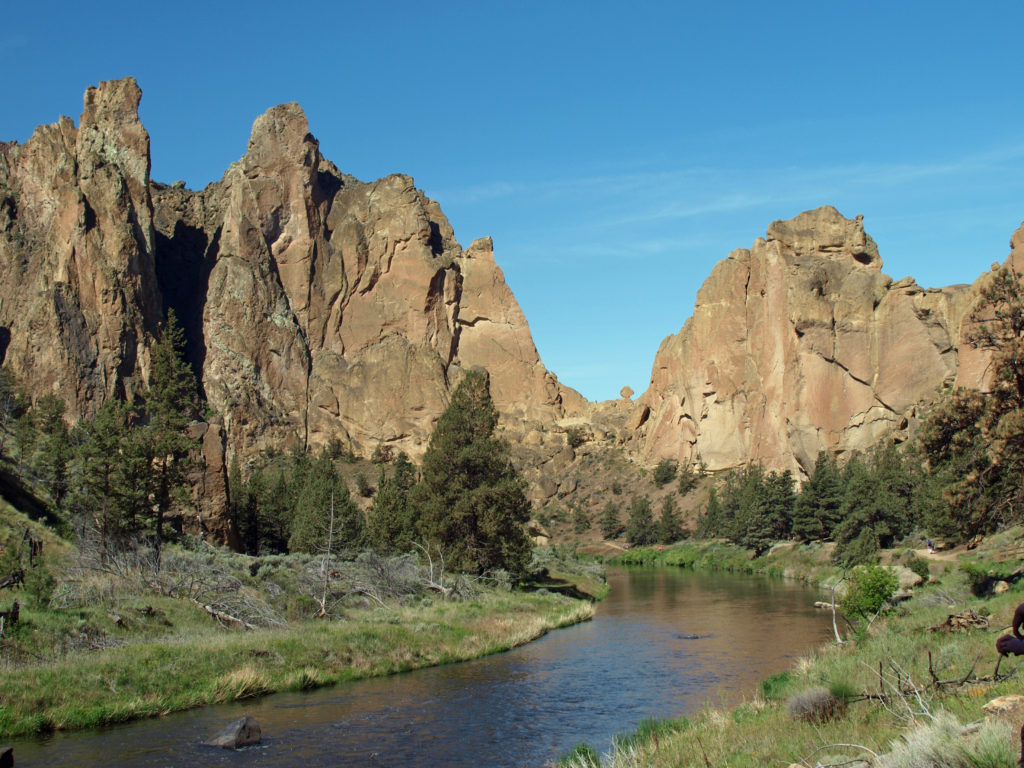
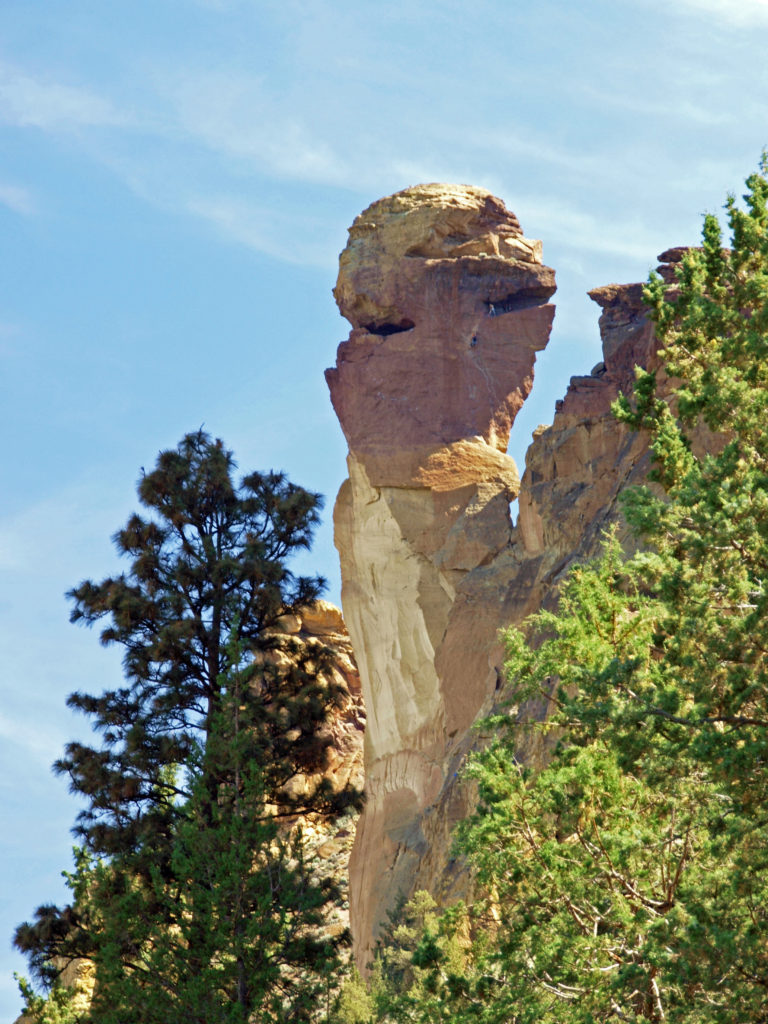 Several thousand climbing routes exist within the park, including more than a thousand bolted routes. Climbers literally come from all over the globe to climb here. And an extensive trail system within the park offers hikers a variety of routes of varying lengths and difficulty. Many of the trails are multi-use trails, open also to mountain bikers and horseback riders. Click
Several thousand climbing routes exist within the park, including more than a thousand bolted routes. Climbers literally come from all over the globe to climb here. And an extensive trail system within the park offers hikers a variety of routes of varying lengths and difficulty. Many of the trails are multi-use trails, open also to mountain bikers and horseback riders. Click 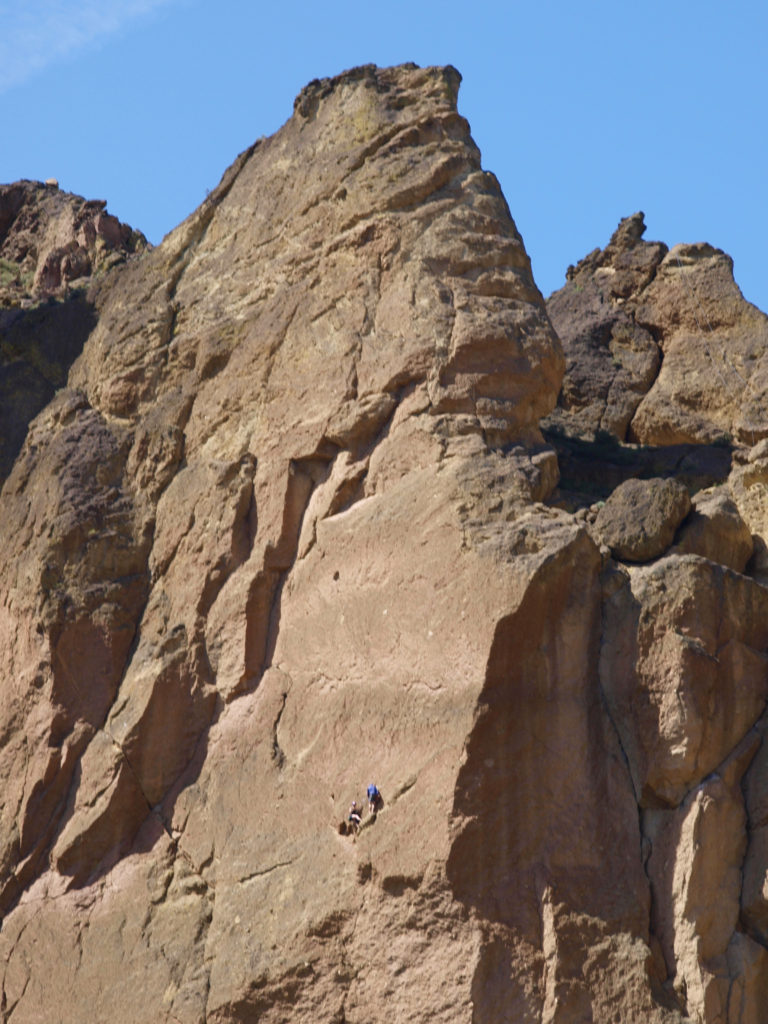 Thirty million years ago the area that is now Smith Rock was on the western rim of the Crooked River Caldera. Over time, nearby volcanic eruptions filled the caldera with ash that compacted into volcanic tuff. The tuff was later overtopped with basalt lava flows from vents about fifty miles away. The Crooked River then eroded much of that, leaving the formations we see today.
Thirty million years ago the area that is now Smith Rock was on the western rim of the Crooked River Caldera. Over time, nearby volcanic eruptions filled the caldera with ash that compacted into volcanic tuff. The tuff was later overtopped with basalt lava flows from vents about fifty miles away. The Crooked River then eroded much of that, leaving the formations we see today.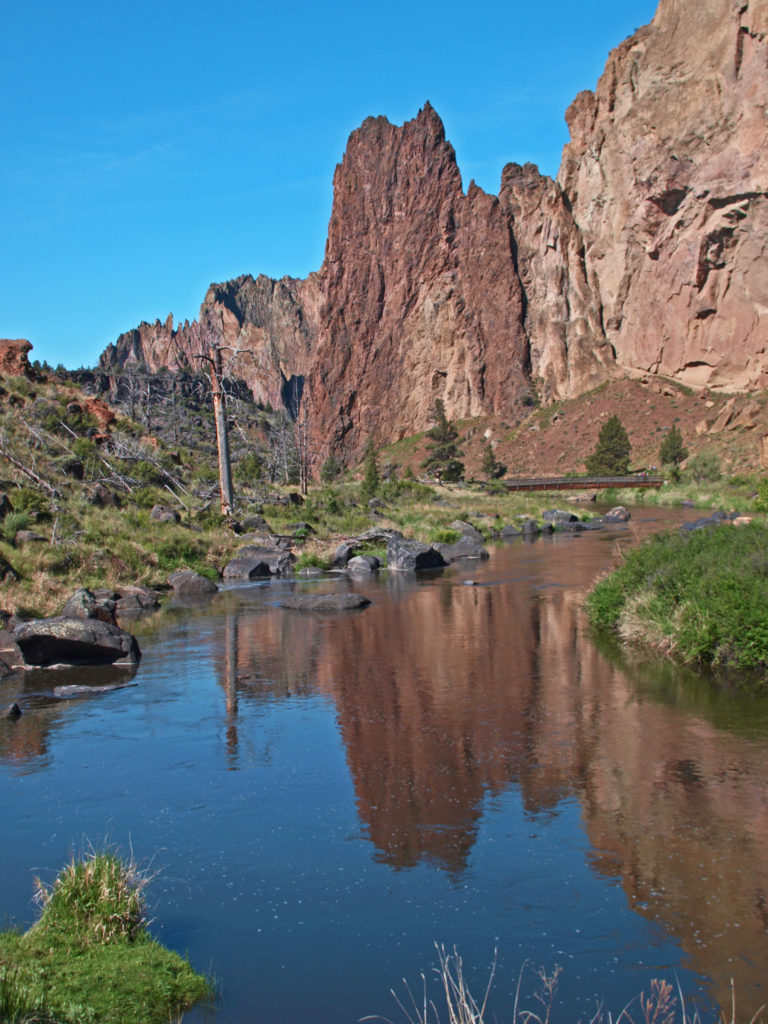
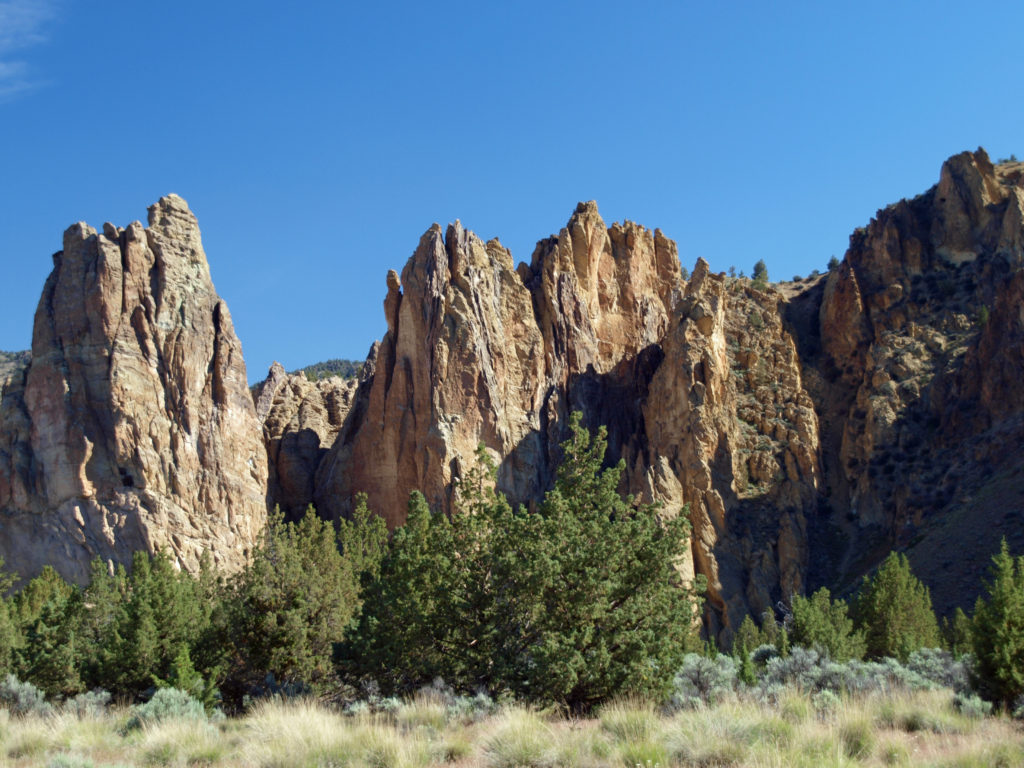
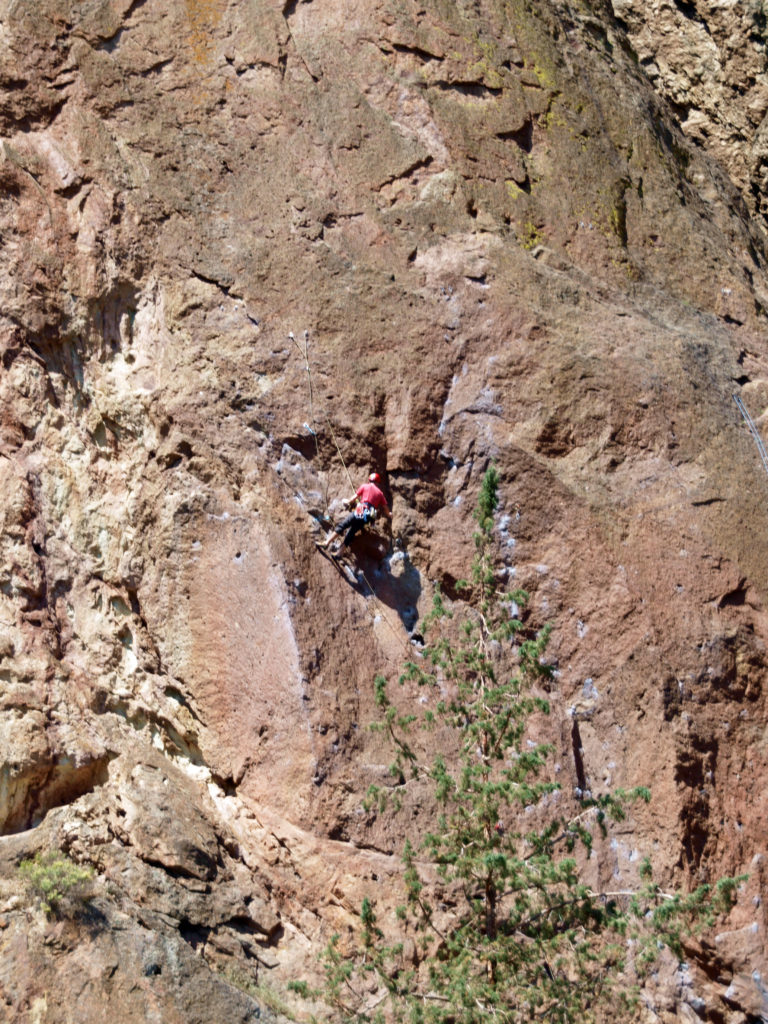
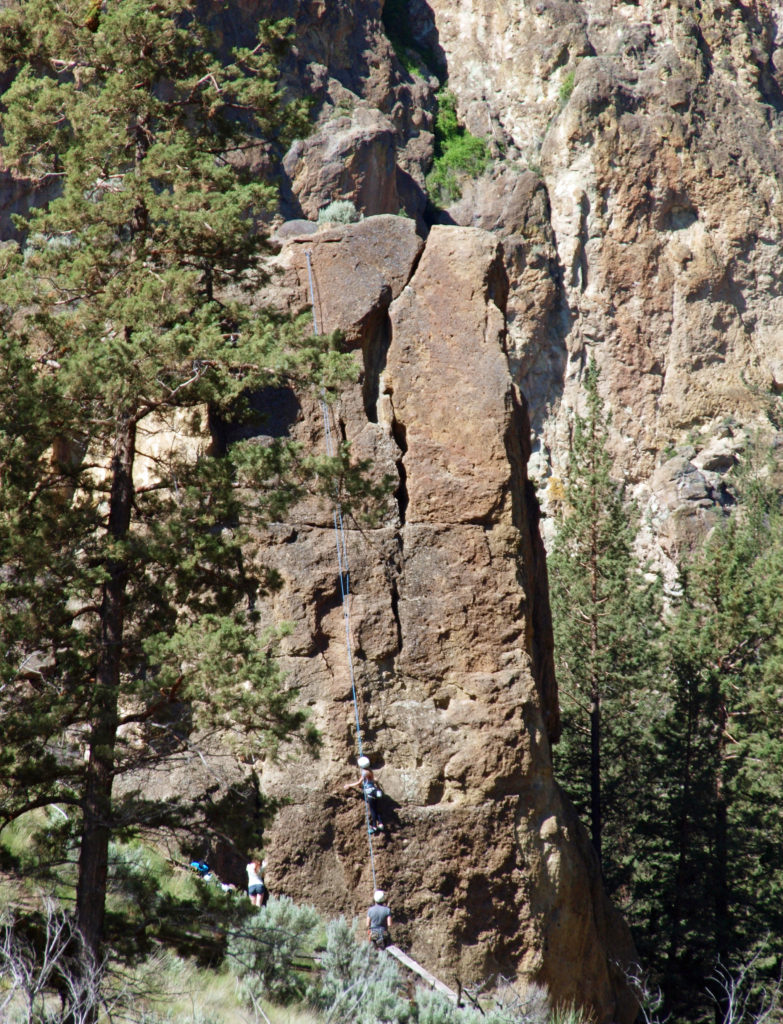 On summer weekends you need to come early to have a chance of finding a place to park. The parking areas fill up quickly, and it’s not unusual to see cars parked along both sides of the road leading to the park and people walking in the road. There has been a shuttle system proposed that would allow visitors to park in the nearby town of Terrebonne and bus into the park, but that (to the best of my knowledge) has yet to be implemented. Even during the week, and on spring and fall weekends, parking can be a problem.
On summer weekends you need to come early to have a chance of finding a place to park. The parking areas fill up quickly, and it’s not unusual to see cars parked along both sides of the road leading to the park and people walking in the road. There has been a shuttle system proposed that would allow visitors to park in the nearby town of Terrebonne and bus into the park, but that (to the best of my knowledge) has yet to be implemented. Even during the week, and on spring and fall weekends, parking can be a problem.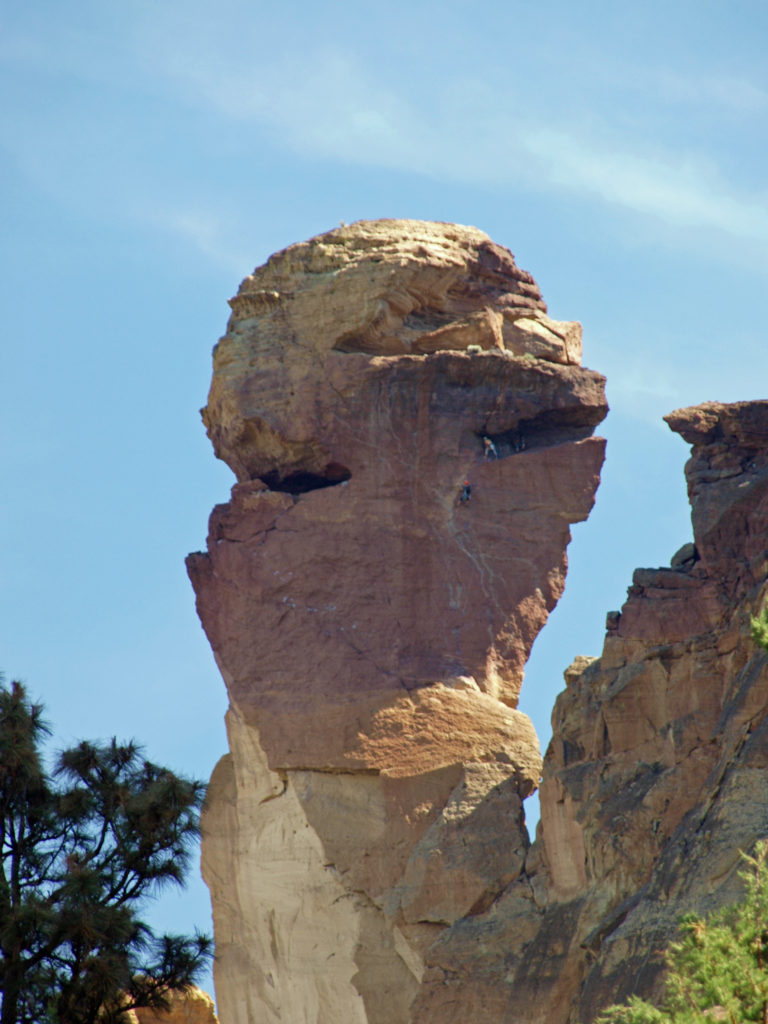
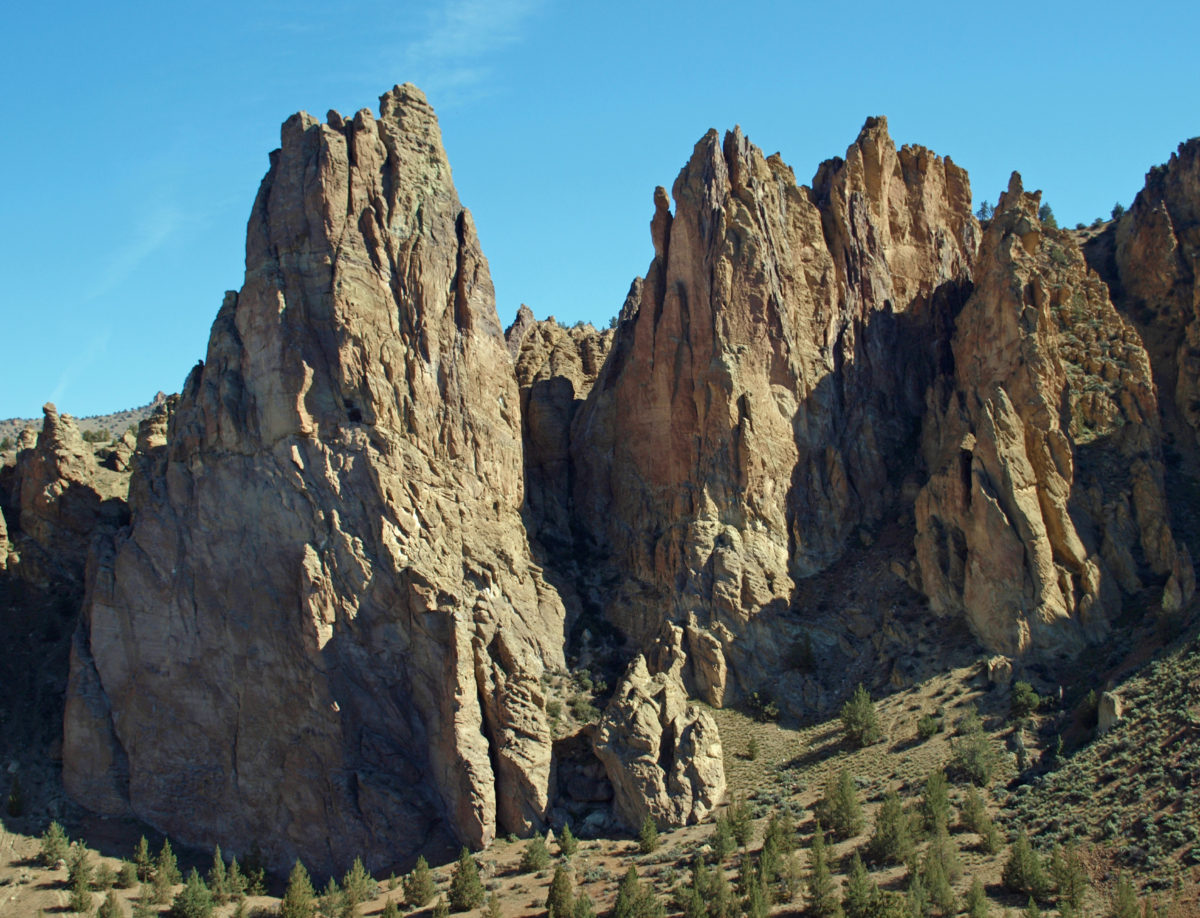
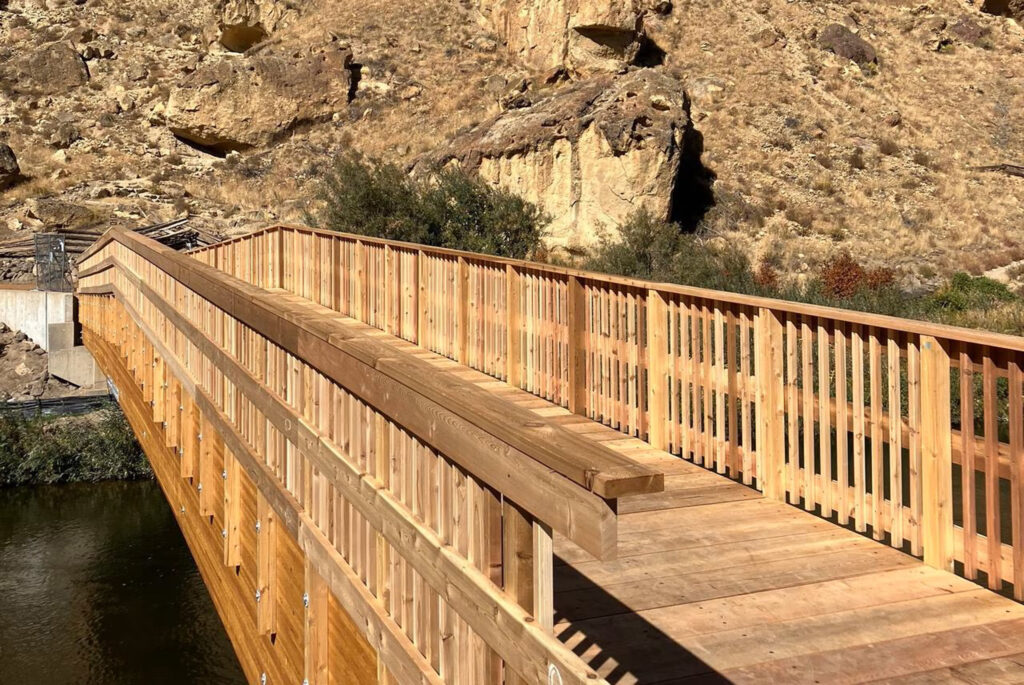
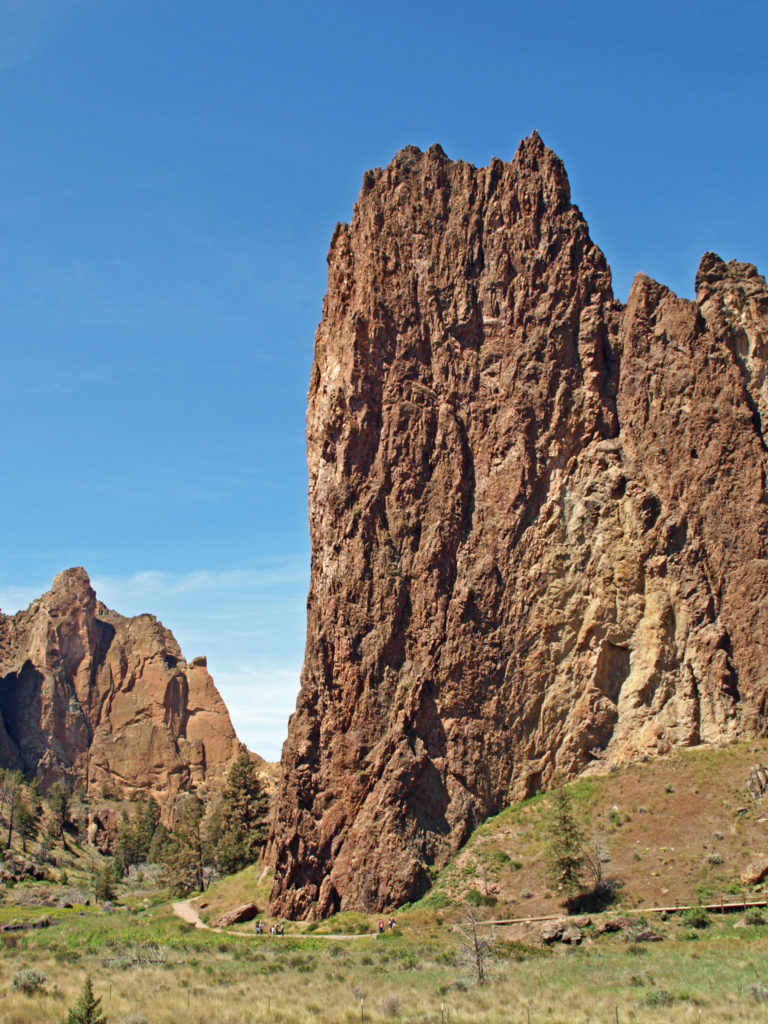
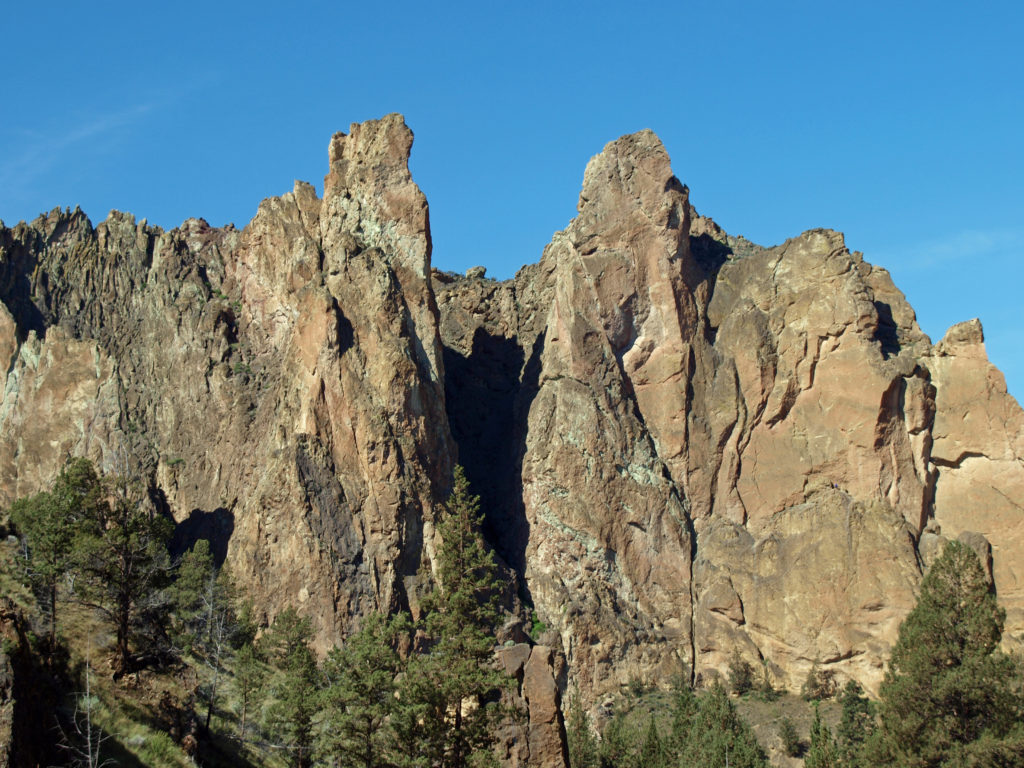 Despite the crowds and other problems, Smith Rock is a Pacific Northwest bucket list destination, not to be missed. It’s a spectacularly beautiful place. But if you’re looking for a wilderness experience, you won’t find it at Smith Rock (except maybe in the middle of winter). If you don’t mind sharing the place with others, though, the park is large enough that visitors tend to spread out, and even at full capacity the park doesn’t feel overly crowded if you get a little ways away from the parking areas. (A recent visitor survey found that 69% of the respondents felt the park to be somewhat to very crowded, however.)
Despite the crowds and other problems, Smith Rock is a Pacific Northwest bucket list destination, not to be missed. It’s a spectacularly beautiful place. But if you’re looking for a wilderness experience, you won’t find it at Smith Rock (except maybe in the middle of winter). If you don’t mind sharing the place with others, though, the park is large enough that visitors tend to spread out, and even at full capacity the park doesn’t feel overly crowded if you get a little ways away from the parking areas. (A recent visitor survey found that 69% of the respondents felt the park to be somewhat to very crowded, however.)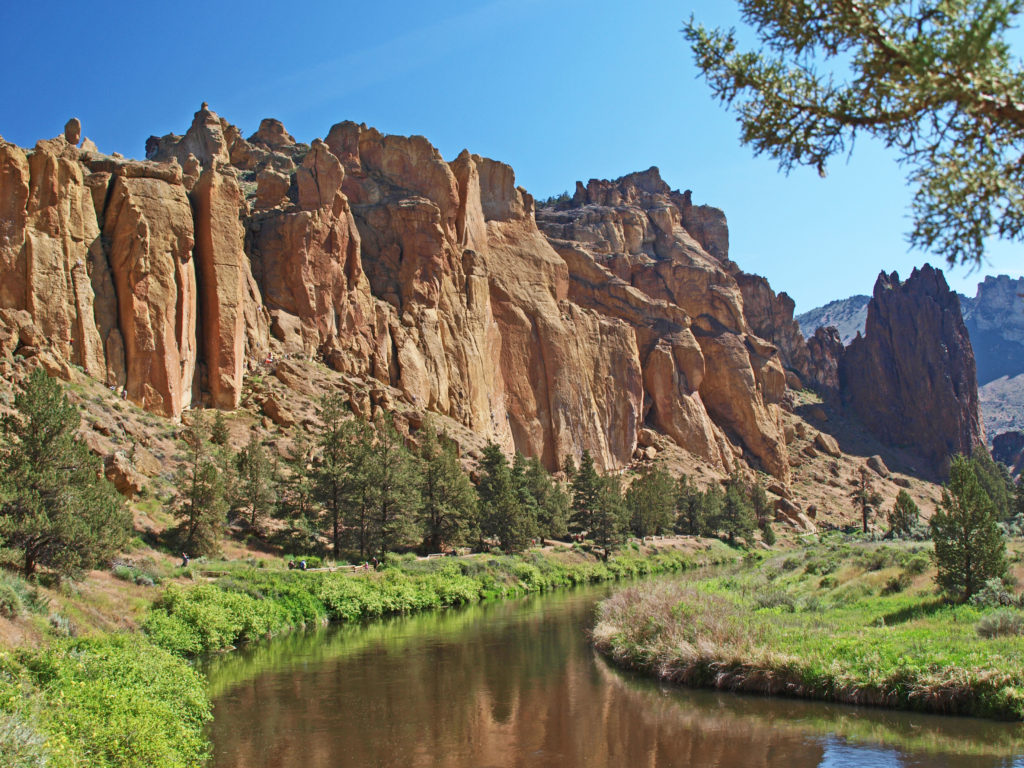
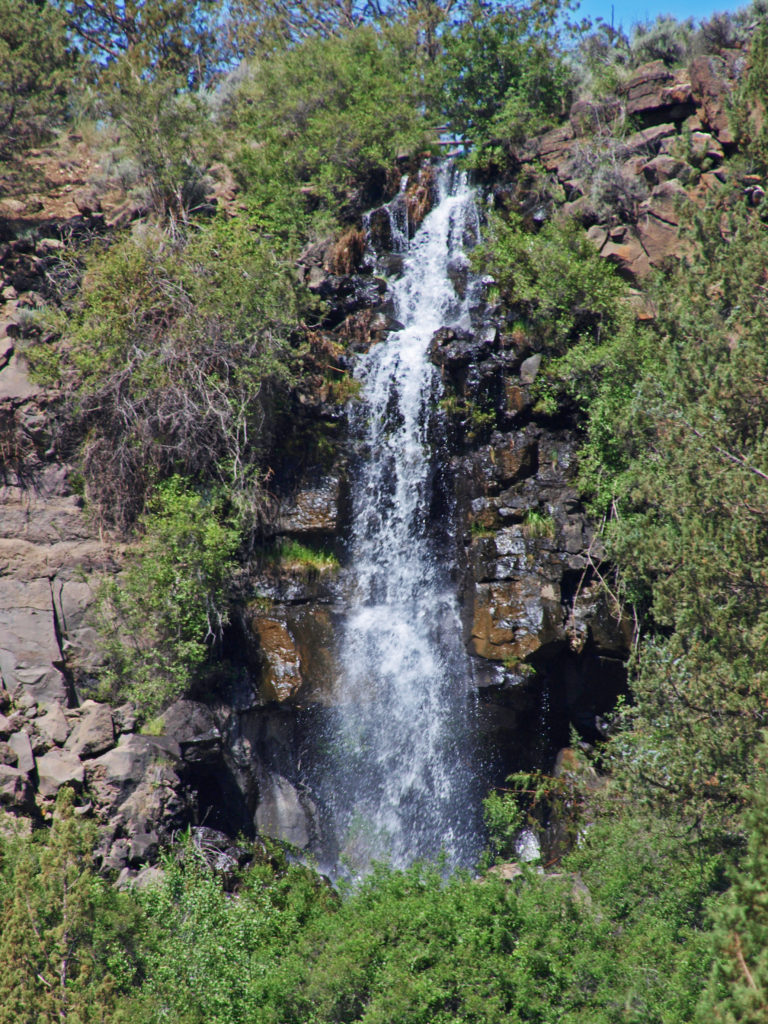 The park is located just east of the town of Terrebonne, which is about 25 miles north of Bend, Oregon, and about 140 miles southeast of Portland. For more information, go to the
The park is located just east of the town of Terrebonne, which is about 25 miles north of Bend, Oregon, and about 140 miles southeast of Portland. For more information, go to the 